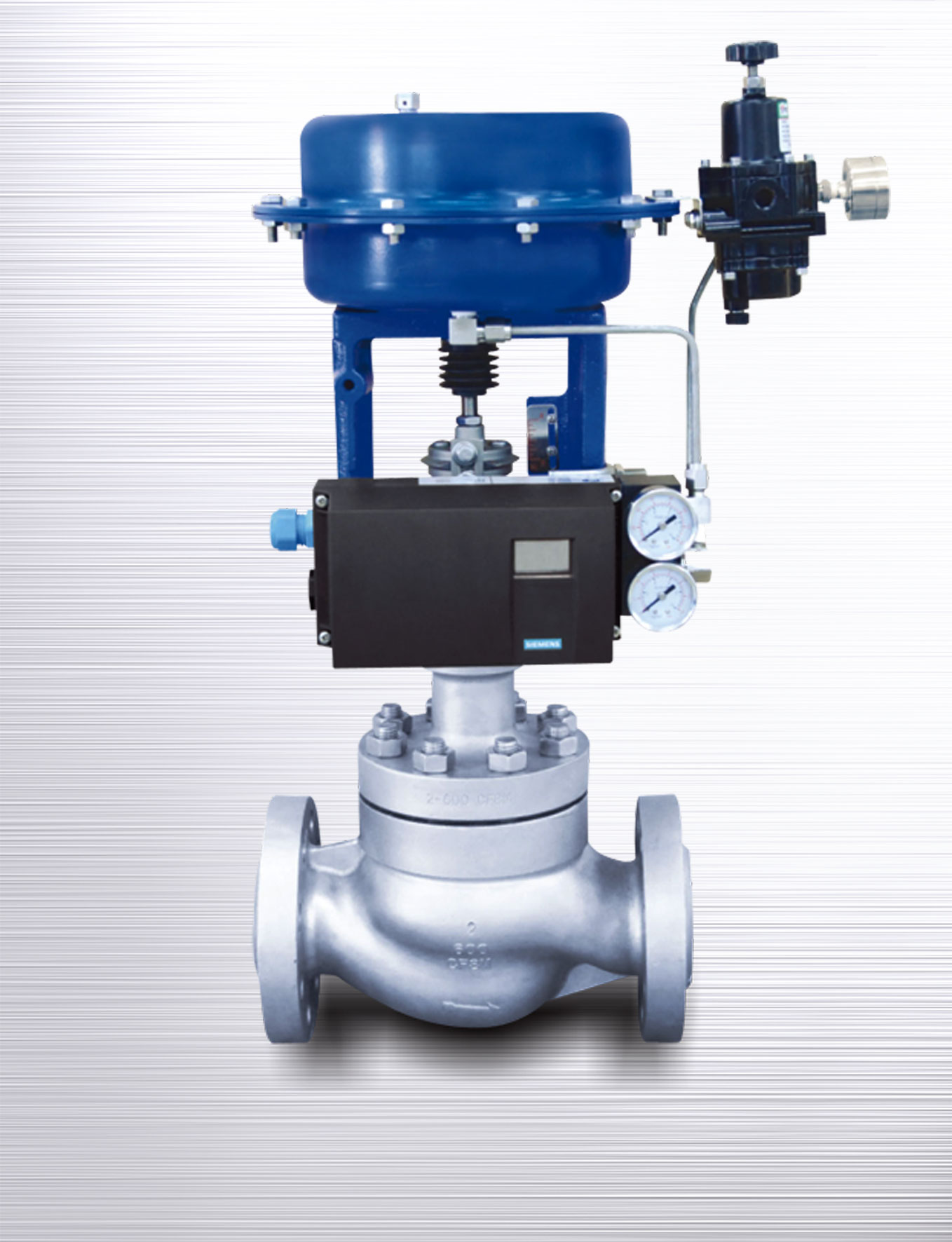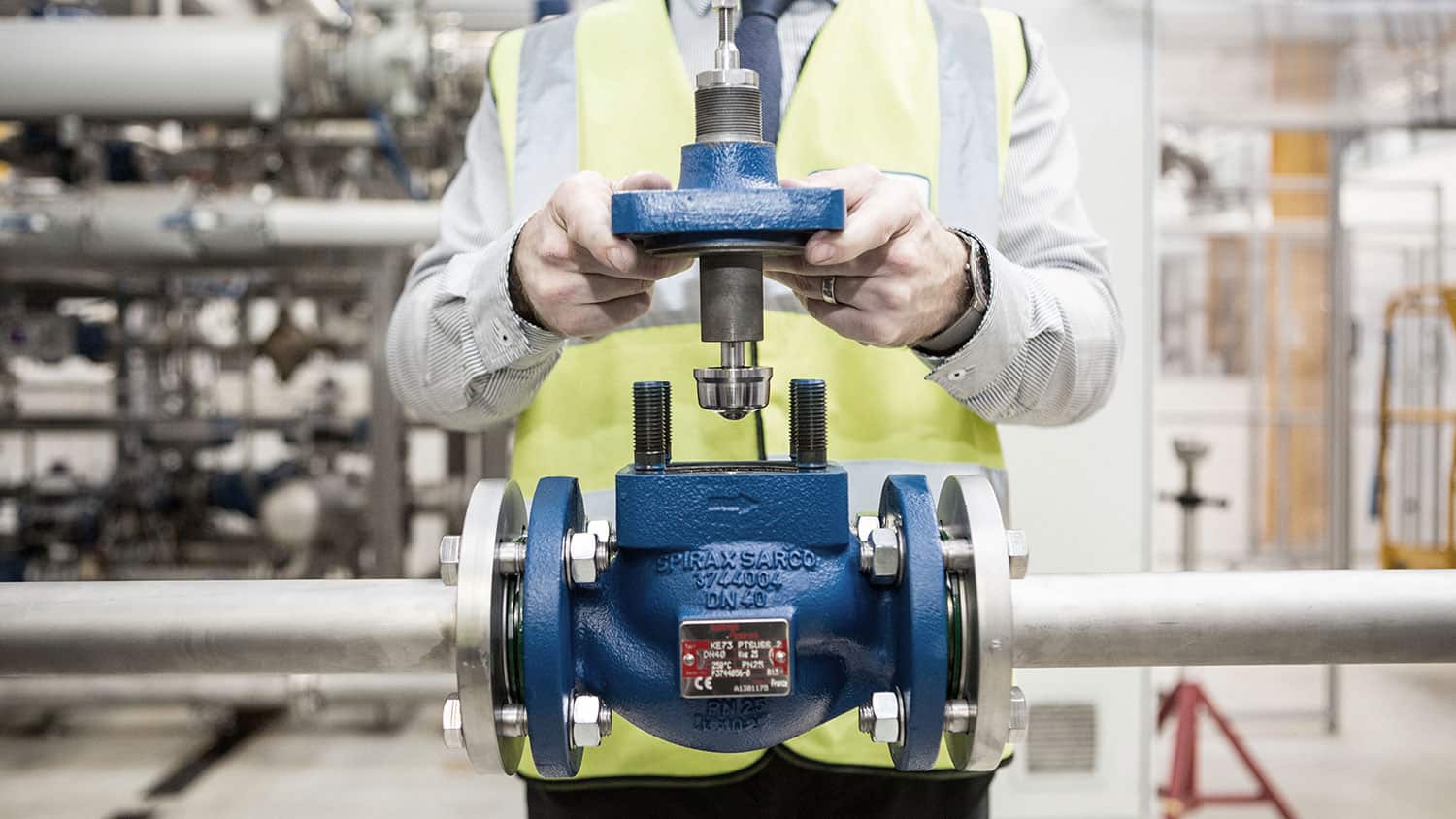The Function of Control Valves in Liquid Flow Monitoring Solution
The Function of Control Valves in Liquid Flow Monitoring Solution
Blog Article

Maximize Power Financial Savings and Convenience With Advanced Building Automation Controls
In the realm of modern-day architecture and facility administration, the combination of innovative building automation manages stands as a crucial development. By harnessing the power of automation, structures can adjust, react, and evolve in ways that were once unbelievable.
Energy Performance Advantages
Power performance advantages can substantially reduce energy usage and operational expenses in structures. By implementing energy-efficient practices and innovations, building owners and drivers can attain significant savings while likewise adding to ecological sustainability. Among the key benefits of boosting power efficiency in buildings is the reduction of utility bills. Energy-efficient systems, such as advanced building automation controls, can enhance the use of resources like air conditioning, lights, and home heating, causing lower energy costs gradually.
Additionally, enhanced energy performance can extend the life-span of building devices and systems. By operating more successfully, HVAC systems, lighting components, and other structure elements experience much less deterioration, resulting in reduced upkeep and replacement prices. Additionally, energy-efficient structures usually regulate higher residential property values and rental prices, offering long-term economic benefits to owners.
Furthermore, energy efficiency can boost resident convenience and productivity. Appropriately controlled indoor atmospheres with optimum lighting and thermal conditions develop a more positive and conducive office, resulting in boosted employee satisfaction and performance. Generally, the energy performance benefits connected with innovative building automation controls are diverse, encompassing expense financial savings, ecological stewardship, and occupant well-being.
Enhanced Comfort Control
Enhancing convenience control in structure settings calls for a sophisticated assimilation of innovative automation systems for optimal occupant wellness. By making use of advanced building automation controls, facilities can tailor the indoor atmosphere to meet the certain requirements and choices of owners. These systems enable precise regulation of illumination, temperature, and ventilation, developing a comfy and efficient atmosphere. Resident fulfillment and productivity are carefully linked to thermal convenience, making it vital to have systems in place that can adjust to changing conditions in real-time.
Improved convenience control goes past fundamental temperature modifications. It includes attributes such as customized settings, occupancy sensing units, and all-natural light utilization to develop a receptive and dynamic environment. By including these advanced controls, structures can not only improve convenience however also improve energy performance by maximizing system operations based upon real occupancy and usage patterns. Eventually, prioritizing resident comfort with advanced automation systems causes a more satisfying and healthier interior environment.
Operational Effectiveness Improvements

Furthermore, the application of real-time surveillance and analytics devices allows structure drivers to identify energy inadequacies and functional abnormalities promptly. By constantly checking power usage patterns and system performance metrics, modifications can be made in real-time to maximize energy intake and ensure peak operational effectiveness. control valves. Furthermore, including need feedback strategies into building automation controls can additionally boost operational performance by dynamically readjusting power use based upon grid problems and prices signals
Indoor Environment Optimization
Reliable interior environment optimization is a basic aspect of official statement structure automation controls, guaranteeing residents' comfort and well-being while making the most of energy cost savings. By using sophisticated sensing units and controls, developing automation systems can constantly keep track of and readjust temperature, moisture levels, air quality, and ventilation to develop an optimum interior atmosphere. Keeping comfy and constant problems not only improves occupant fulfillment however also increases efficiency and overall wellness.
Indoor climate optimization also plays an important duty in power performance. By fine-tuning cooling, heating, and ventilation systems based on real-time information and occupancy patterns, building automation controls can significantly lower energy consumption - control valves. Implementing techniques such as demand-controlled air flow and thermal zoning can help reduce power waste while making certain that each area of the structure obtains the required conditioning.

Sustainable Setting Development
Building automation controls not only maximize interior climate conditions for power performance and passenger comfort but additionally lay the structure for producing a sustainable setting with calculated monitoring of resources and systems. By integrating advanced structure automation modern technologies, such as sensing units, actuators, and smart software program, centers can keep an eye on and change energy use in real-time to lessen waste and decrease their carbon impact. These systems allow predictive upkeep, identifying possible problems prior to they intensify and optimizing tools performance to improve longevity and performance.
In addition, sustainable setting development expands beyond power monitoring to incorporate water conservation, waste decrease, and interior air quality renovation. Building automation controls can manage water usage, detect leaks, and ensure correct waste disposal methods, adding to general sustainability initiatives. Furthermore, by regulating and keeping track of air flow and purification systems, these innovations boost resident wellness and performance while decreasing power intake connected with HVAC operations.
Verdict
Finally, advanced structure automation regulates deal significant advantages in regards to power savings, comfort control, functional performance, indoor environment optimization, and creating a lasting setting. By that site executing these controls, buildings can accomplish optimum efficiency while reducing energy usage and enhancing passenger convenience. It appears that making use of innovative automation technology is important in improving structure efficiency and developing a more sustainable future.
Power efficiency benefits can considerably lower power intake and operational prices in structures. Generally, the power effectiveness benefits associated with advanced building automation controls are complex, incorporating price financial savings, environmental stewardship, and resident well-being.
In addition, including demand response strategies right into building automation controls can even more boost functional effectiveness by dynamically adjusting power usage based on grid problems and prices signals.
Building automation regulates not just maximize indoor environment problems for power effectiveness and occupant convenience however also lay the structure for creating a lasting environment via calculated management of sources and systems.In verdict, advanced structure automation manages deal considerable advantages in terms of energy savings, comfort control, functional efficiency, interior climate optimization, and developing a sustainable environment.
Report this page